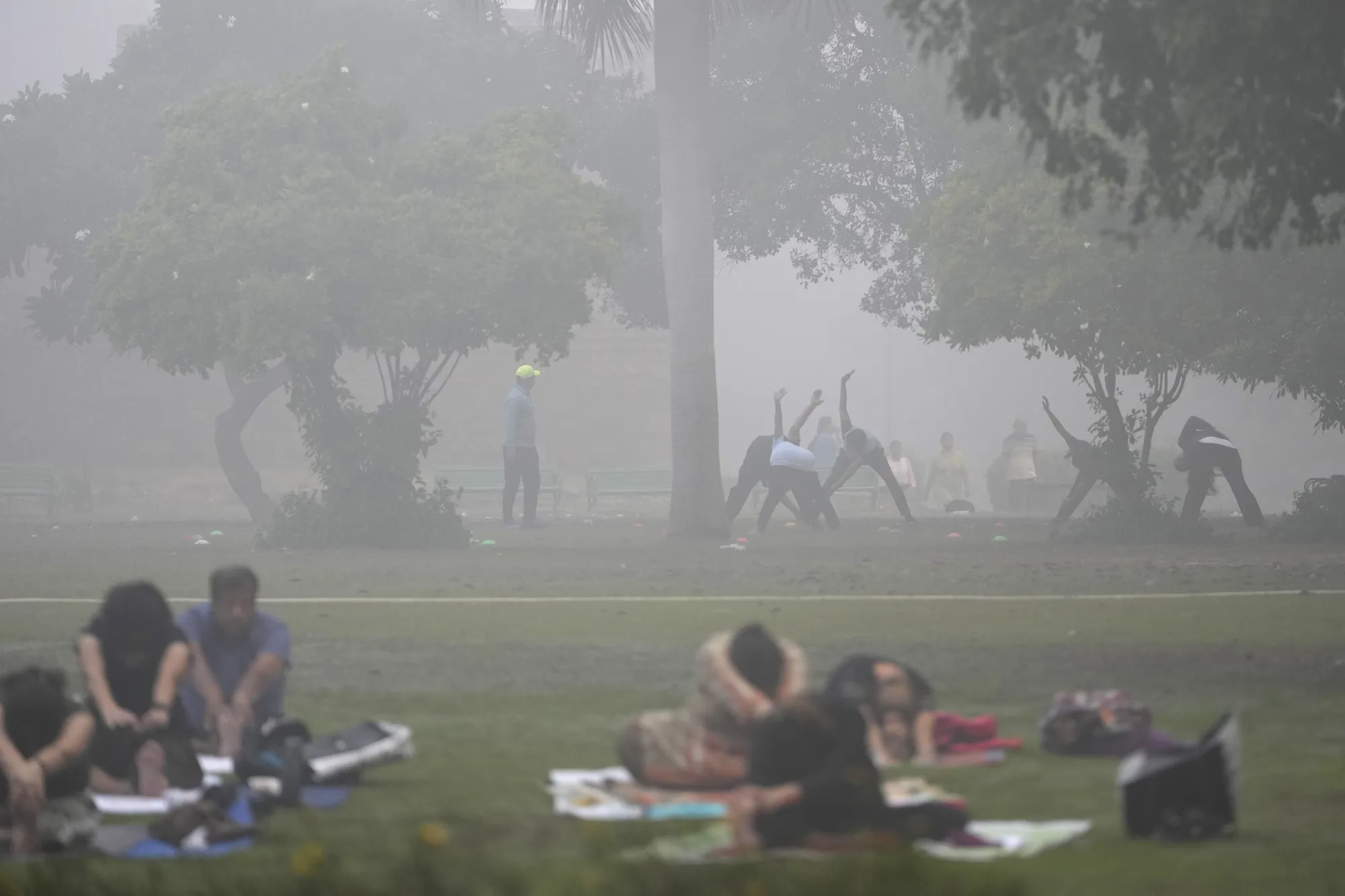Applications for US unemployment benefits saw a slight increase last week, suggesting that the labor market is moderating only gradually. According to Labor Department data released on Thursday, initial claims rose by 4,000 to 232,000 for the week ending August 17, Bloomberg reports.
However, the four-week moving average, which smooths out fluctuations in the data, fell to its lowest point in a month.
Continuing claims, which serve as an indicator of the number of individuals receiving unemployment benefits, edged up to 1.86 million for the week ending August 10. An increase in this number typically indicates that more job seekers are experiencing difficulties in finding employment.
This slight uptick in claims underscores the gradual cooling of the labor market rather than a rapid downturn, despite the pressures of the Federal Reserve’s restrictive monetary policy. Economists suggest that the current trends will likely keep the central bank on track to begin cutting interest rates next month as hiring slows and unemployment begins to rise. Furthermore, separate government data released Wednesday indicated that payroll growth for the year ending in March may be revised down by the largest margin since 2009, implying that the labor market began moderating earlier than previously anticipated.
Minutes from the Federal Reserve’s July meeting, released on Wednesday, showed that several officials acknowledged a plausible case for cutting rates. Most also indicated heightened risks to their employment objectives. The upcoming speech by Chair Jerome Powell at the Federal Reserve’s annual symposium in Jackson Hole, Wyoming, is expected to be closely monitored for insights regarding the central bank’s monetary policy and the state of the job market.
Notably, jobless claims can be volatile, particularly during this time of year when seasonal factors such as school closures and retooling at auto factories can affect the data. The four-week moving average, regarded as a key metric for analyzing trends, eased to 236,000 for the week ending August 17.
Before seasonal adjustments, initial claims fell to 191,576, marking the lowest level since late April, driven primarily by declines in states such as Michigan and Texas, which had previously reported significant increases in claims last month.









